The Wonders of the Winged World: STEM Bird Books
“It’s a murmuration! Hurry everybody, come look!”
Five-year-old Elizabeth is jumping up and down, joyfully shouting for her friends to share in the delight of her discovery.
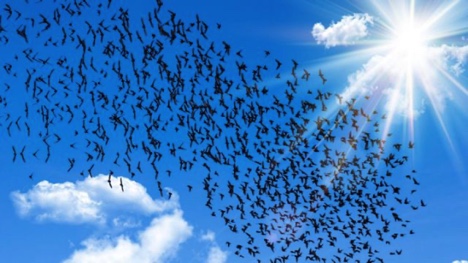
Have you ever seen a “murmuration” of birds? It is such a magical and mesmerizing sight that it will stay in your memory bank forever.
“Starling murmurations” are yearly phenomena in which large groups of starlings flock together to form beautiful, shape-shifting, cloud-like patterns. Like an intricately coordinated dance, hundreds of thousands of starlings swoop, twist, dive and swirl in unison in the sky.
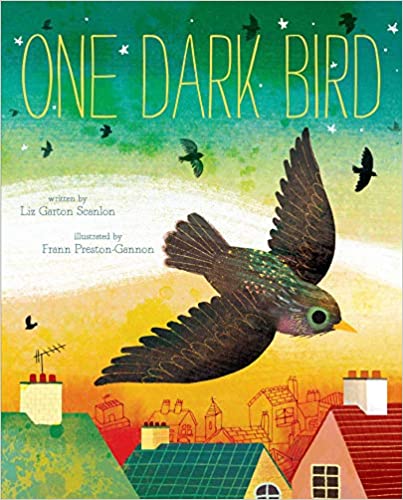
We can thank the beautiful new book, One Dark Bird, by Liz Garton Scanlon (above) for bringing the concept of murmurations into our lives. We had noticed starlings gathering in large groups in our backyard area before, but this book deepened our understanding of this aspect of avian behavior and introduced us to some new STEM vocabulary words.

One Dark Bird combines counting, poetry, science and vocabulary with stunning illustrations to open windows onto the natural world for young learners—and also teach the teacher.
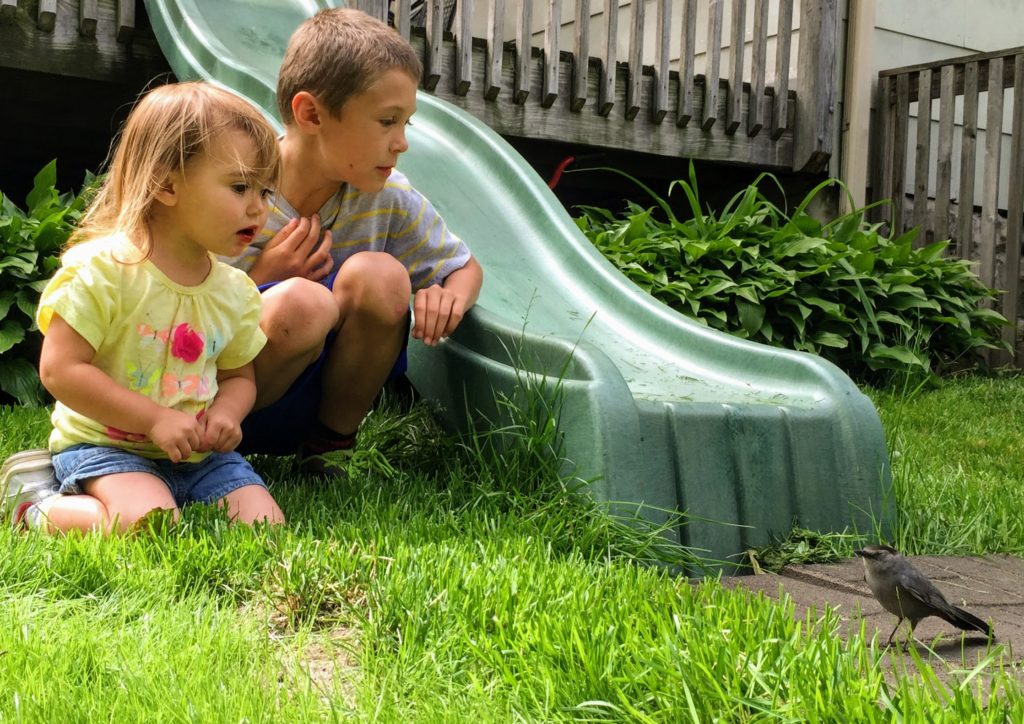
Every winter, the children at our center become fascinated with the birds that visit our outdoor area. This is when we bring out the nonfiction bird books to support our learning adventures.
Interestingly, research has shown that young children often prefer nonfiction books over fictional stories. Sharing nonfiction books helps children learn about new and exciting real-life topics as they explore the world around them.
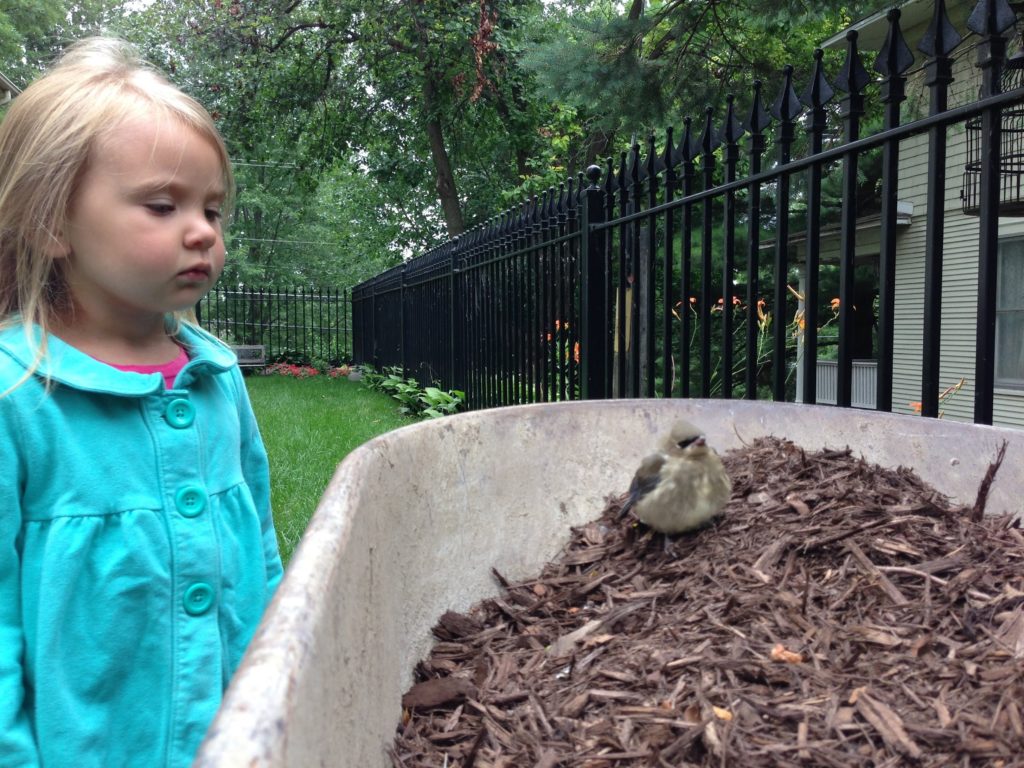
The Great Backyard Bird Count is an eagerly anticipated annual event at our center. To prepare for this event, we always pull out our bird books and make sure that the bird feeders are full, the binoculars are handy and our brains are ready to count to add to the fun.
This year’s count runs from February 18–21. Mark your calendar and get ready!
But how do you find a bird to count? There are so many ways! Begin by watching, listening and staying quiet—so quiet that you can hear your own heartbeat.
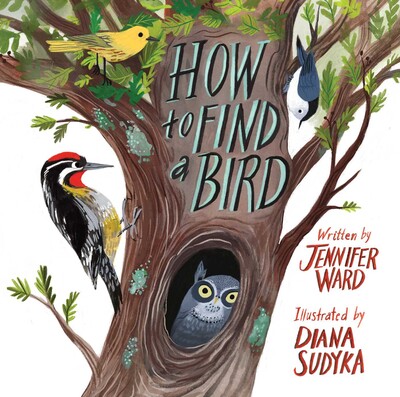
How To Find a Bird—written and illustrated by Illinois bird enthusiasts Jennifer Ward and Diane Sudyka (above)—offers a wealth of helpful tips.

Young bird lovers will cherish this illustrated introduction to finding and observing our feathered friends. The author explains why birds are where they are: Some are feeding or nesting on the ground, some are snacking or splashing in the water, some are high in the sky and others are perching on wires or visiting backyard bird feeders. This is another great book that mentions the murmurations of starlings (below)!

Last winter, we discovered The Beak Book by Robin Page (below), which quickly became a nap-time favorite. With 21 illustrations of birds from around the globe and easy-to-read captions, The Beak Book will delight young learners as they discover how beaks of different shapes and sizes are adapted to help birds sip nectar, make nests, battle for mates and more.
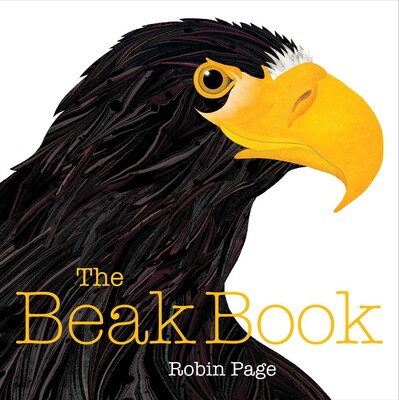
Children will discover that the ruddy duck’s soft, flat bill filters seeds, plants and insects from muddy ponds and rivers—and that the kiwi has nostrils at the end of its beak to sniff out potential food sources.
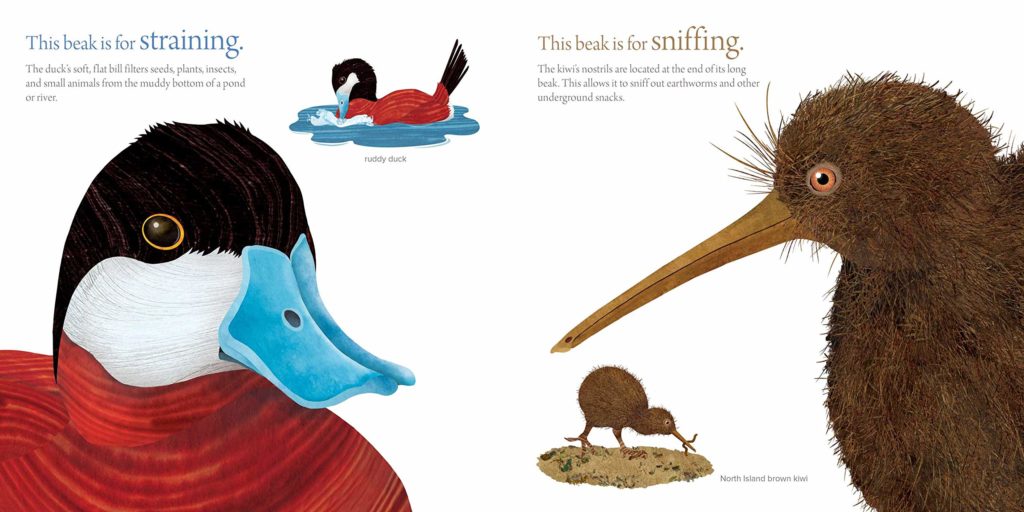
The Nest That Wren Built—written by Randi Sonenshine and illustrated by Anne Hunter in tones of brown and cream (below)—is also outstanding and full of surprises. It tells the tale of Mama and Papa, two Carolina wrens who build a nest and raise a family. From twigs to bark to leaves and moss, it’s as if we are watching a step-by-step guide to nest building. Who knew that wrens decorate their nests with snakeskins to scare away flying squirrels intent on stealing their eggs? The book also features a glossary and additional information about Carolina wren nest-building. Illustrator Anne Hunter’s soft sketches include so many delightful details of their own. Each page is a seek-and-find treasure hunt filled with insects and other creatures just waiting to be discovered. Place this one at the top of your STEM book list for the new year!
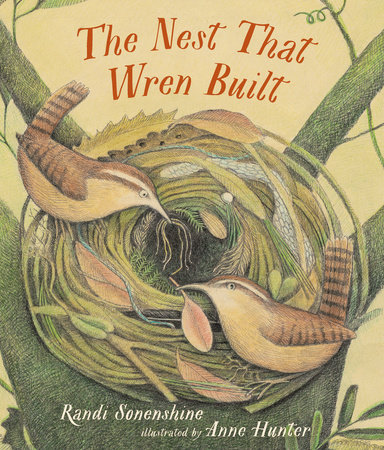
These four books that celebrate the wondrous shapes, colors and sounds of the winged world are sure to have children grabbing their binoculars and heading outside to investigate. We have a backpack filled with guidebooks and binoculars—ready and waiting for times like these!
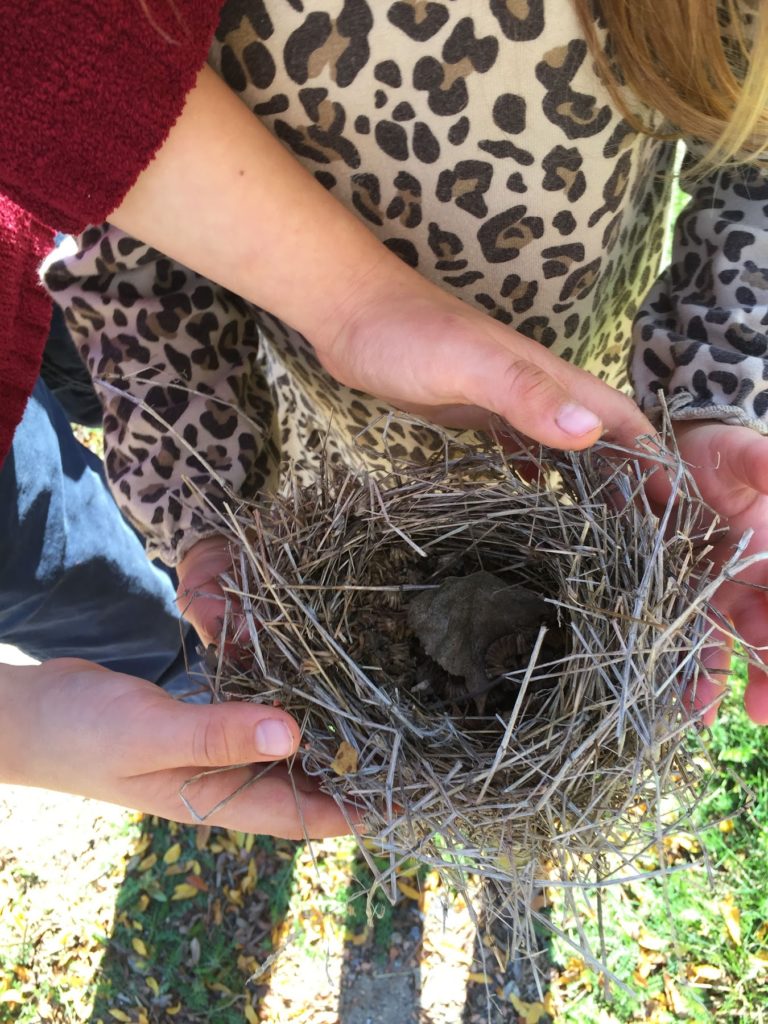
I hope you will continue your avian adventures by joining in on the fun of the Great Backyard Bird Count this February. If you have the good fortune to witness a starling murmuration, feel free to count by tens!